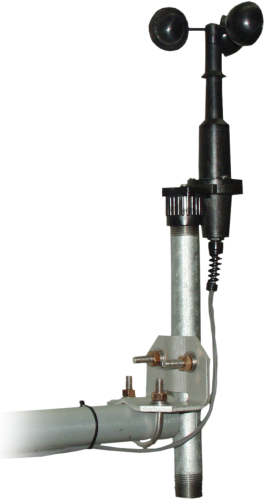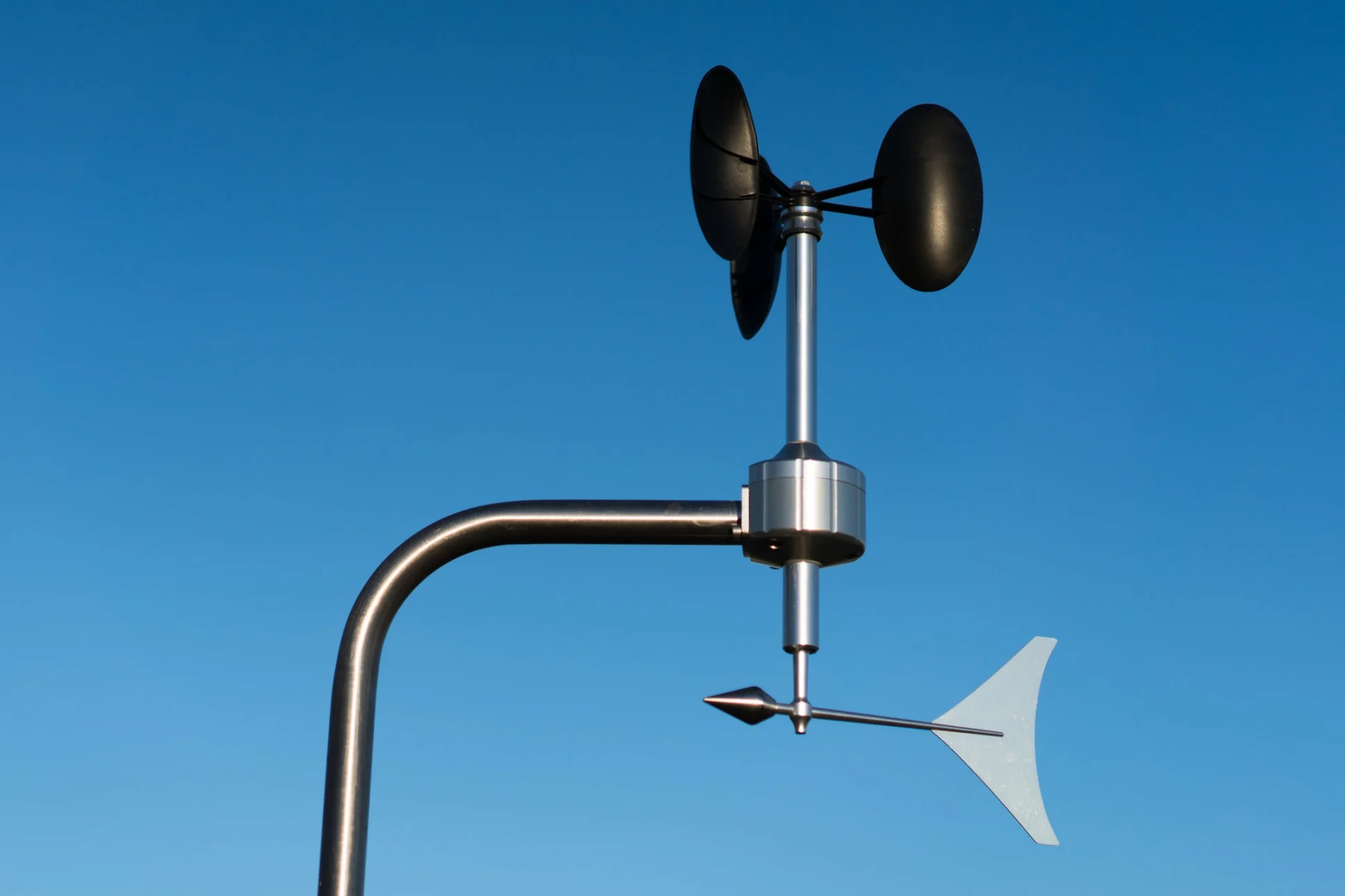Exploring the Features and Advantages of Anemometers for Weather Condition Lovers and Professionals
From cup anemometers to sonic anemometers, each kind brings its unique collection of applications and advantages, losing light on different aspects of climatic problems. As we delve into the features and benefits of anemometers, a deeper understanding arises not only of prevailing weather sensations but likewise of the wider implications for fields like wind power manufacturing and ecological research study.
Importance of Anemometers in Climate Monitoring
Anemometers play a vital function in weather condition tracking by supplying accurate dimensions of wind rate, aiding in projecting and understanding climate patterns. These instruments, varying from conventional mug anemometers to modern ultrasonic anemometers, are vital for meteorologists, scientists, and weather enthusiasts alike.

Kinds of Anemometers and Their Applications
With the crucial role anemometers play in climate surveillance and forecasting, understanding the different kinds of these instruments and their applications ends up being vital for experts and fanatics in the area. One of the most typical sorts of anemometers include cup anemometers, vane anemometers, hot-wire anemometers, and ultrasonic anemometers. Cup anemometers include three or four cups placed on horizontal arms that turn with the wind, gauging its speed. Vane anemometers, on the various other hand, make use of an easily revolving vane to straighten with the wind instructions, offering both wind speed and instructions dimensions. Hot-wire anemometers run based upon the concept of convective warm transfer, where the cooling impact of the air flow is measured to establish wind speed. Ultrasonic anemometers make use of ultrasonic acoustic wave to determine wind speed and direction accurately.
Each kind of anemometer has its distinct advantages and applications. Cup anemometers are ideal and durable for general climate tracking, while vane anemometers are preferred for directional measurements. Hot-wire anemometers are delicate to reduced air velocities, making them ideal for indoor atmospheres. Ultrasonic anemometers are non-intrusive and provide high accuracy, typically made use of in research study and specialized weather monitoring applications. Comprehending the features and applications of each sort of anemometer is essential for picking one of the most ideal instrument for certain weather condition monitoring requirements.
Benefits of Using Anemometers in Projecting
In meteorology, the utilization of anemometers offers invaluable advantages for boosting the precision of weather forecasting. Anemometers determine wind speed and direction, offering important data for anticipating weather condition patterns. By integrating wind data right into projecting models, meteorologists can much better recognize the movement of weather condition systems, anticipate changes in weather, and issue extra precise forecasts.
In addition, anemometers play an important role in evaluating potential weather hazards. Checking wind speeds aids forecasters forecast serious climate events such as hurricanes, twisters, and wintertime storms with greater accuracy. This very early caution system allows authorities to release prompt notifies and apply essential precaution, decreasing the threats to life and residential or commercial property.
Furthermore, anemometers aid in optimizing renewable resource production. By examining wind patterns, meteorologists can identify appropriate places for wind farms and predict energy useful reference output, adding to the reliable generation of wind power.

Anemometers in Wind Energy Manufacturing
Provided the critical duty anemometers play in providing exact wind data for weather condition projecting and threat evaluation, their importance encompasses the realm of wind power production. Anemometers are vital instruments in the field of wind power, where the dimension of wind rate and instructions is crucial for identifying the feasibility and performance of wind turbine setups. By properly measuring wind speeds at varying elevations, anemometers help optimize the positioning and style of wind turbines to optimize power result.
In wind ranches, anemometers are tactically positioned to gather real-time wind information that is utilized to assess the potential power production of a website. This information contributes in identifying the economic viability of wind power projects and in forecasting energy generation to make certain grid security. Furthermore, anemometers help in keeping track of wind problems to optimize generator efficiency, prevent damage from high winds, and make certain the security of employees working in the vicinity of wind generators.
Enhancing Climate Understanding With Anemometers

Anemometers play a vital duty in improving our understanding of microclimates. These local weather can differ considerably from broader regional projections, making it essential to have accurate information for particular locations. anemometer. By tactically positioning anemometers in different places, researchers can link gather thorough details on how wind acts in various terrains, urban settings, or bodies of water
Furthermore, anemometers contribute to improving weather projecting designs by providing real-time information on wind actions. This info is particularly important for forecasting extreme weather occasions, check here enhancing farming methods, and supporting industries like aviation and maritime navigation. In general, anemometers are important tools that allow us to dig much deeper right into the intricacies of weather condition systems, ultimately bring about even more exact forecasts and better-informed decisions.
Conclusion
In final thought, anemometers play a vital role in weather monitoring and forecasting by measuring wind rate and direction. Anemometers additionally have applications in wind power manufacturing, further highlighting their relevance in both weather forecasting and renewable energy fields.
From mug anemometers to sonic anemometers, each type brings its distinct collection of applications and benefits, shedding light on different elements of climatic conditions. These instruments, ranging from typical cup anemometers to contemporary ultrasonic anemometers, are vital for meteorologists, scientists, and climate enthusiasts alike. The most typical types of anemometers consist of mug anemometers, vane anemometers, hot-wire anemometers, and ultrasonic anemometers. Mug anemometers are durable and ideal for general weather surveillance, while vane anemometers are favored for directional dimensions. Anemometers are vital instruments in the area of wind power, where the dimension of wind speed and direction is essential for figuring out the usefulness and effectiveness of wind generator setups.